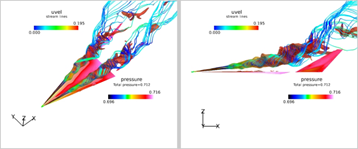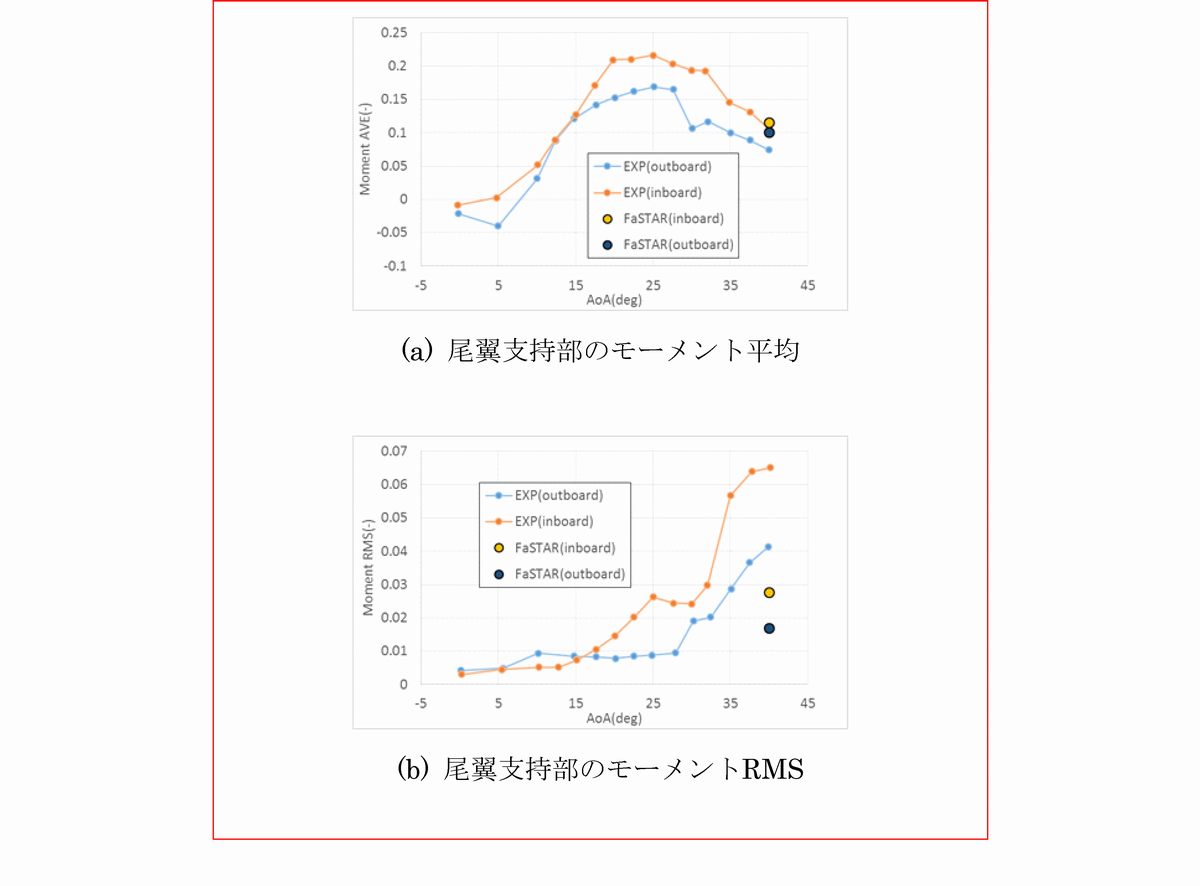Research and development of applied fundamental technology
JAXA Supercomputer System Annual Report April 2016-March 2017
Report Number: R16E0032
- Responsible Representative: Takeshi Ito(Aeronautical Technology Directorate, Next Generation Aeronautical Innovation Hub Center)
- Contact Information: Takashi Ishida(ishida.takashi@jaxa.jp)
- Members: Hamidreza Kheirandish, Keiji Ueshima, Atsushi Hashimoto, Takashi Ishida, Hideaki Sugawara, Takahiro Yamamoto
- Subject Category: Basic Research(Numerical analysis,Grid generation)
Abstract
In this research, we develop a common fundamental aerodynamic analysis tool by extending FaSTAR-code to be able to handle fluid-structure interaction problems aimed for establishing the technical basis which accelerate the development of civil airplanes.
Goal
In this research, we develop a common fundamental aerodynamic analysis tool aimed for establishing the technical basis which accelerate the development of civil airplanes.
Objective
In this research, we extend FaSTAR-code to be able to handle fluid-structure interaction and conduct validation analysis.
References and Links
Use of the Supercomputer
Computer for large-scale unsteady flow simulation
Necessity of the Supercomputer
JSS is necessary to complete numerical simulations of unsteady phenomenon and understand it in short time span .
Achievements of the Year
We have extended FaSTAR-code to be able to handle fluid-structure interaction and conducted simulations of the delta-wing fin buffet for the validation. Our numerical results reproduced the unsteady phenomenon that vortex breakdown and disturbed flow affect and induce the vibration of the tail wing. In addition, we confirmed that the tail wing vibrates with a primary mode and we can evaluate the effect of the position of tail wing qualitatively.
Publications
N/A
Computational Information
- Parallelization Methods: Process Parallelization
- Process Parallelization Methods: MPI
- Thread Parallelization Methods: n/a
- Number of Processes: 1024
- Number of Threads per Process: 1
- Number of Nodes Used: 32
- Elapsed Time per Case (Hours): 48
- Number of Cases: 10
Resources Used
Total Amount of Virtual Cost(Yen): 3,961,189
Breakdown List by Resources
| System Name | Amount of Core Time(core x hours) | Virtual Cost(Yen) |
|---|---|---|
| SORA-MA | 2,169,688.53 | 3,546,450 |
| SORA-PP | 14,040.68 | 119,879 |
| SORA-LM | 509.12 | 11,455 |
| SORA-TPP | 0.00 | 0 |
| File System Name | Storage assigned(GiB) | Virtual Cost(Yen) |
|---|---|---|
| /home | 312.87 | 2,951 |
| /data | 27,367.14 | 258,155 |
| /ltmp | 2,363.90 | 22,298 |
| Archiving System Name | Storage used(TiB) | Virtual Cost(Yen) |
|---|---|---|
| J-SPACE | 0.00 | 0 |
Note: Virtual Cost=amount of cost, using the unit price list of JAXA Facility Utilization program(2016)
JAXA Supercomputer System Annual Report April 2016-March 2017




